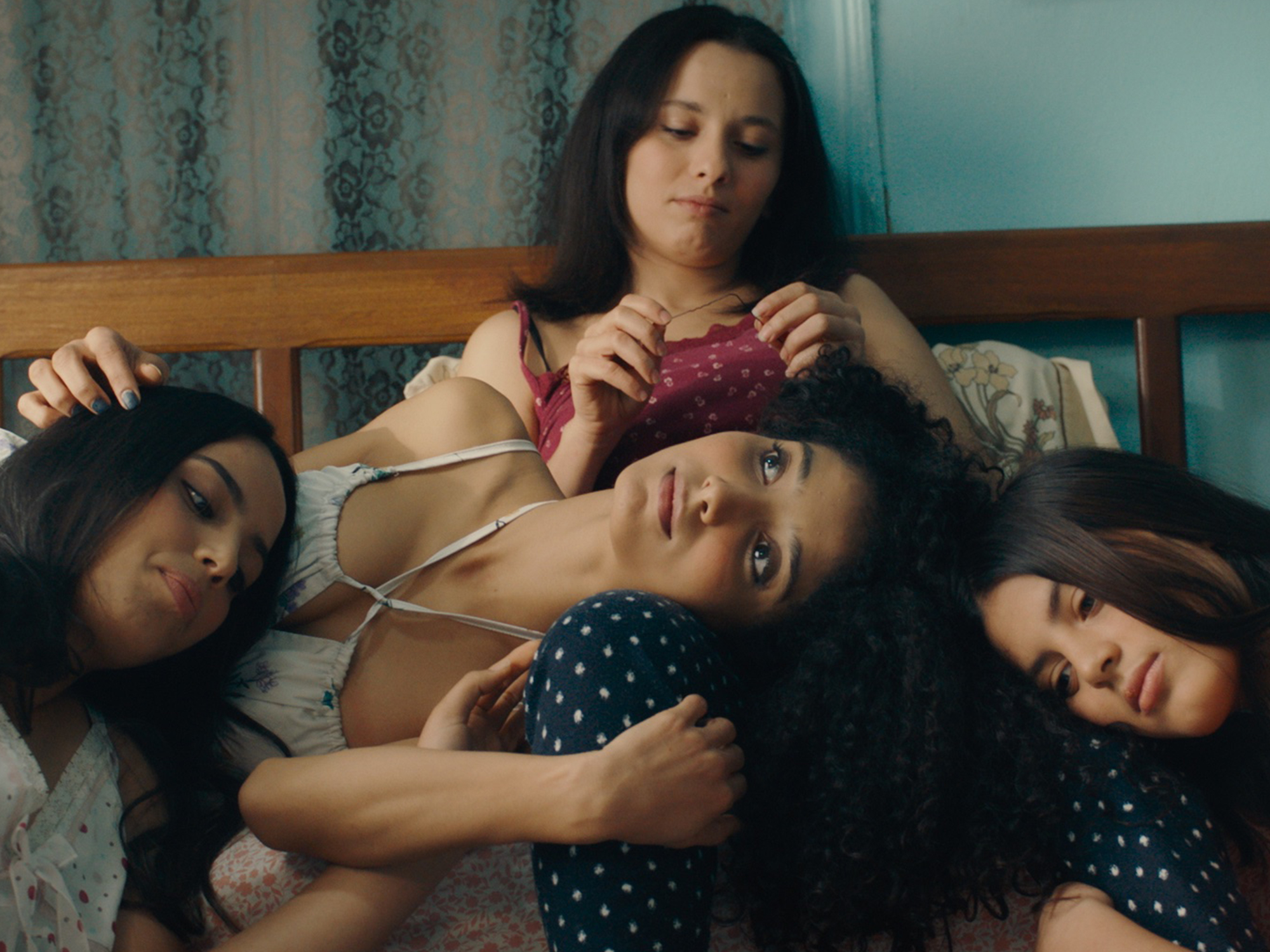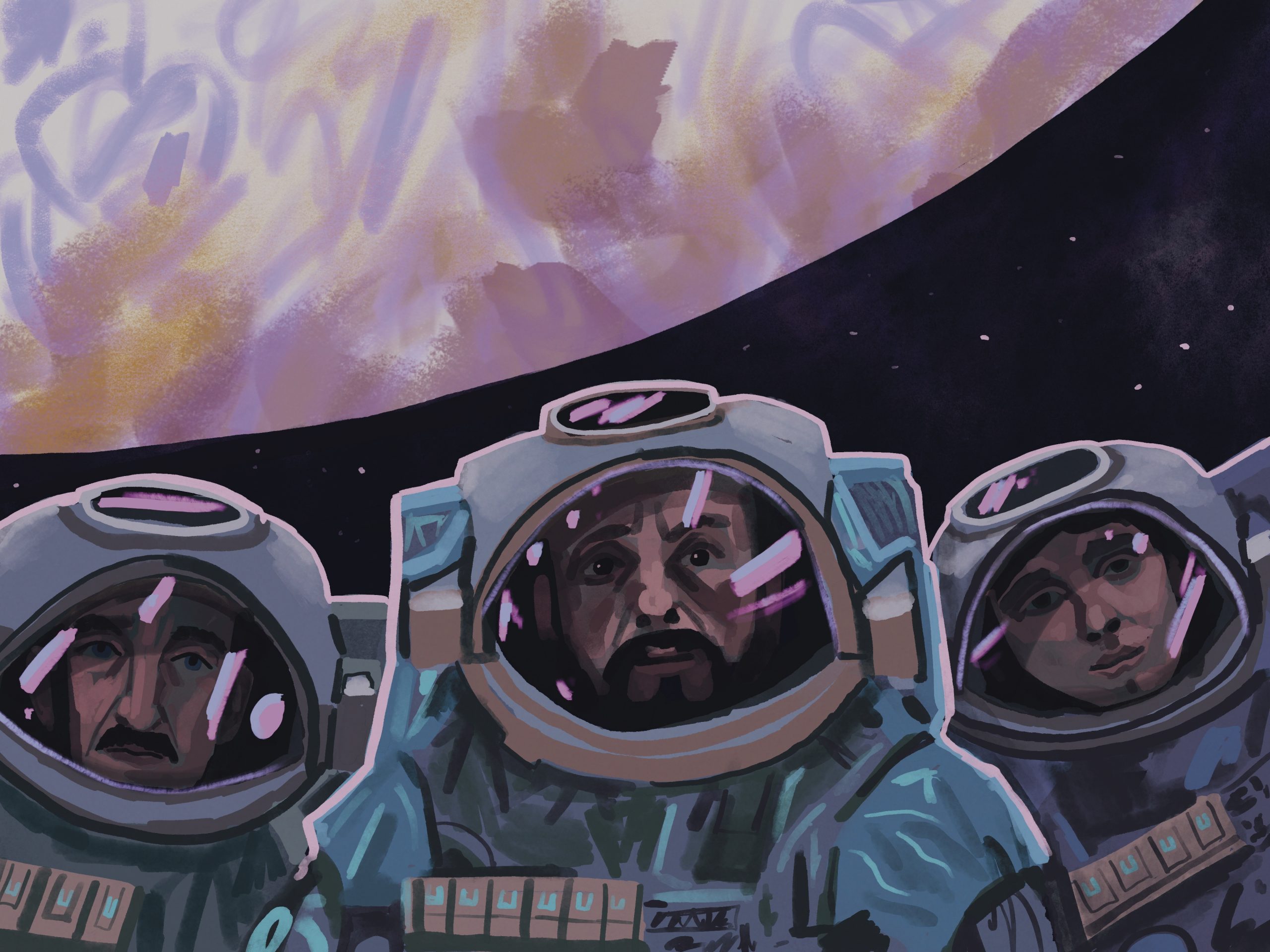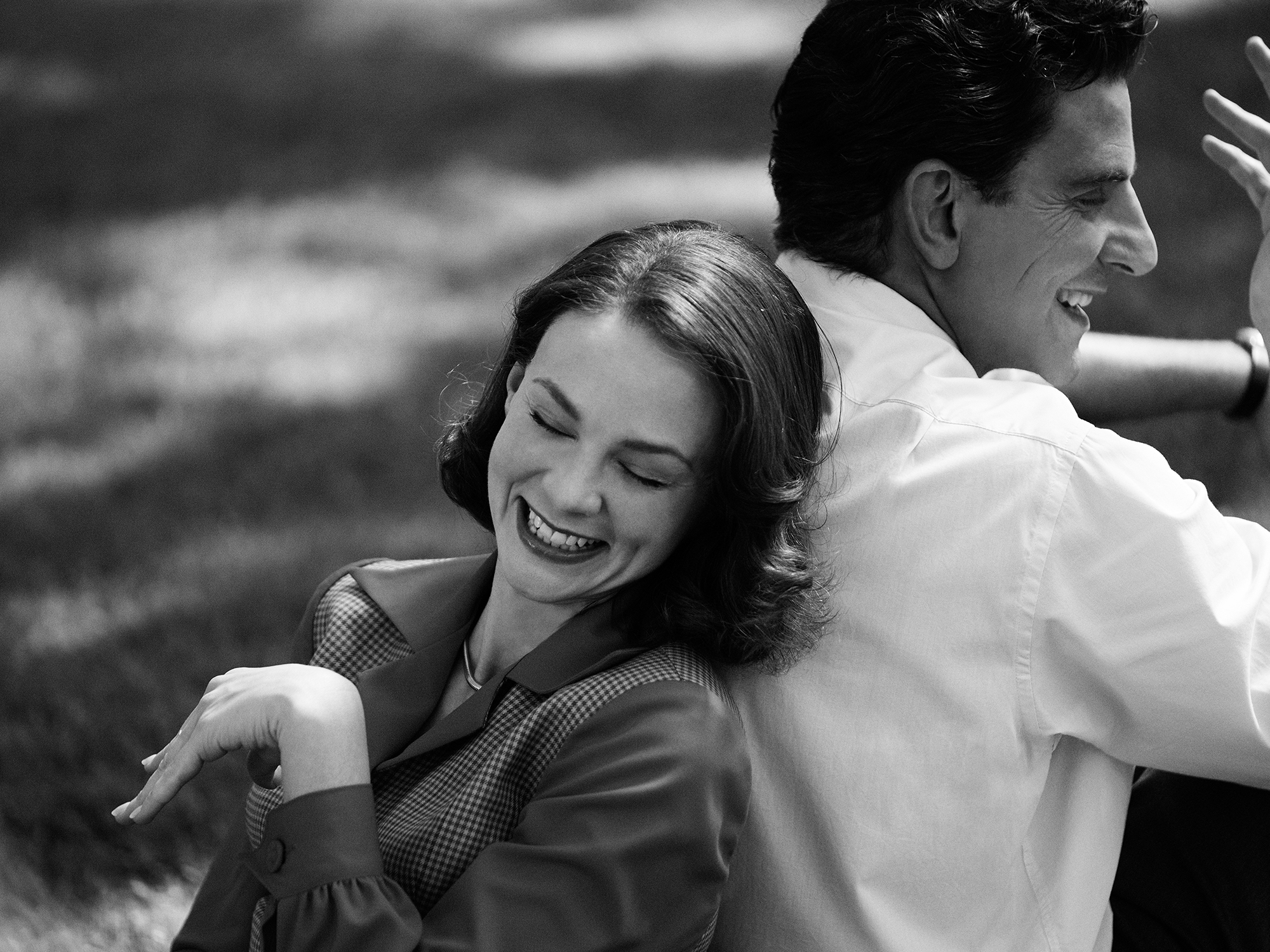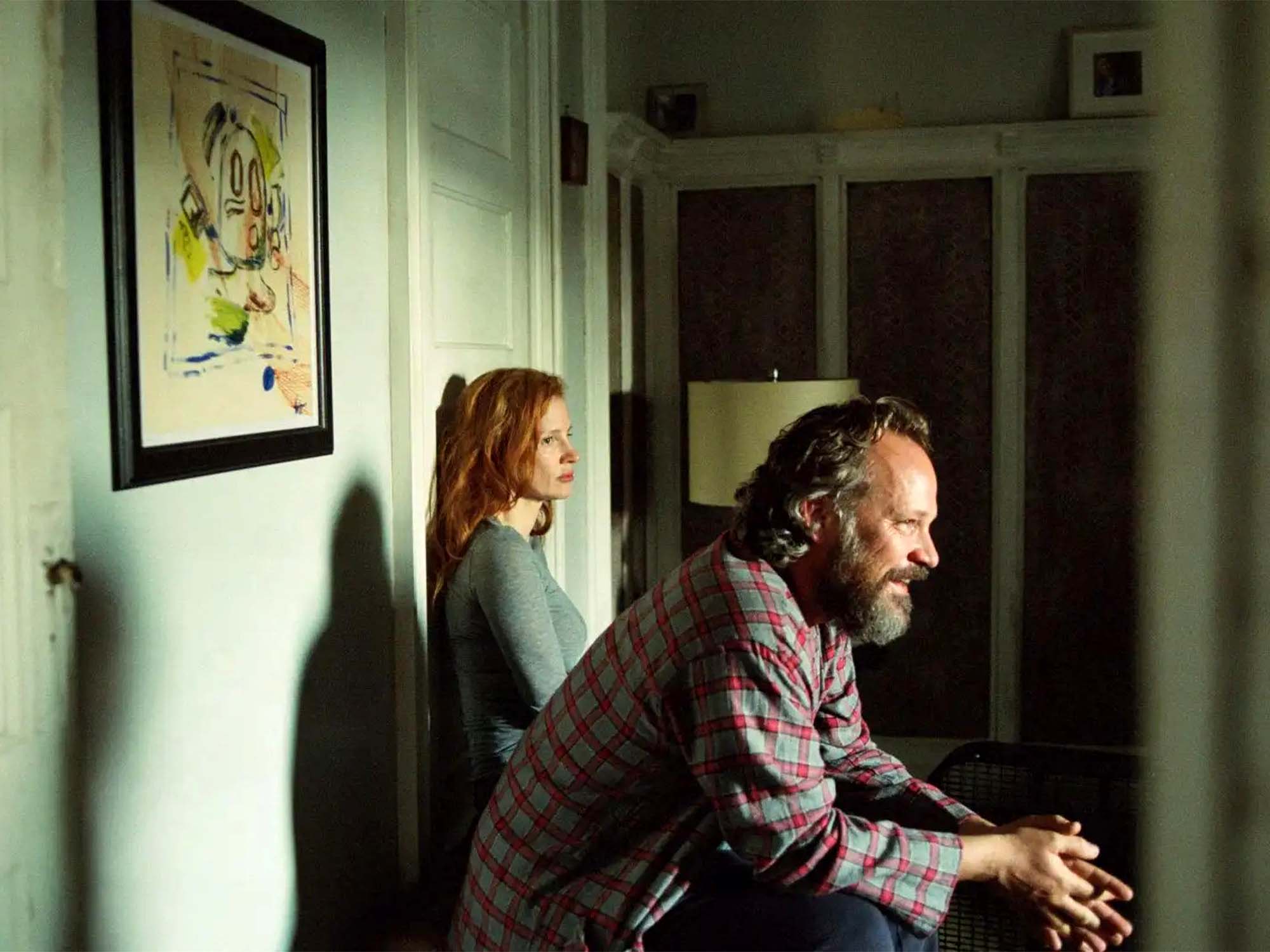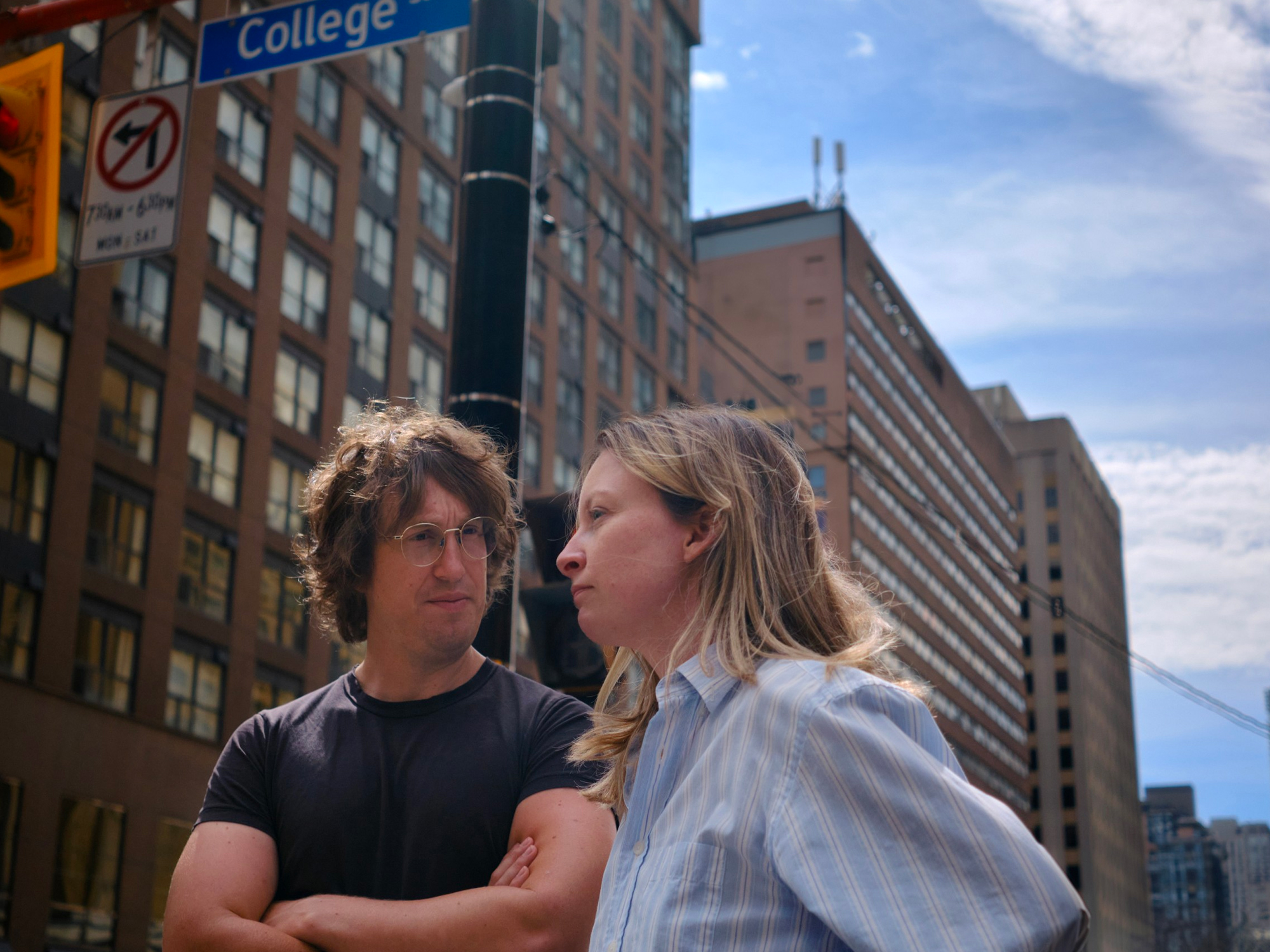When pop stars become auteurs
The visual album is a key, genre-defying vessel for pop music titans transferring the symbolic power of their music to image-making. The post When pop stars become auteurs appeared first on Little White Lies.

Visual albumler are not quite poetry to film’s prose, nor are they a chapter in film’s fictional development. Rather than a trend or a style, they function as a discipline, taking the expectations of traditional filmgoers and upending them, building something fresh and lively that breaks free of a story’s traditional structure. In this way, they feel more like the comic book to a film’s novel. As in comic books, the visual album’s story is suggested, tucked into the gap between frames, observers implicated as storytellers in viewing. The best stars pour the history of their music, the stories that lay dormant in the writing process, into the waiting structure of the visual album, filling it with non-literal meaning. Visionaries from Prince to Kate Bush understood that music and film are only ever a few feet away, twin creative impulses on an inevitable collision course.
Of course, where there is art, there will be auteurs: people whose ideas and expressions are curbed around immovable objects and events that fill their vantage point. The visual album has become a touchpoint for our most formidable pop singers, their recognisable fingerprints clinging to every newly released image. Every few months, a new iteration of the visual album is released, prompting the next wave of frustrating discourse, both denigrating the skill in launching such a project (treating it as an overlong music video) and overstating the artistic impulse necessitating its release (which is always tied to the marketing of a personal brand). When Jennifer Lopez released the trailer for her bizarre and unexpected passion project entitled This is Me… Now: A Love Story, it prompted a round of questions surrounding the precedent and legitimacy of this storytelling mode.
___STEADY_PAYWALL___
Each new visual album is tangled in the early offerings of the medium, stretching back to the likes of A Hard Day’s Night – the kind of light-hearted, trivial outing that could only thrive in a genre’s early, unrehearsed moments. The Richard Lester-directed movie employs an absurdism that both upends and explains The Beatles’ undeniable success. Their early tunes were catchy and enticing to a new generation of post-war teenagers desperate to escape their cautious, frugal parents. Inevitably those teenagers would develop into stern parents, and The Beatles would be treated as a pop rock relic of their youth. They are now firmly woven into our cultural memory and responsible for the predictable patterns which ensue, but A Hard Day’s Night arrived on the ‘60s scene as a strange, unexpected emblem of the future. Ever since then, artists have been seeking out new and thrillingly imperfect containers for their music, reckoning with that first prickly, uneven shape.
This is Me… Now shares in A Hard Day’s Night’s frantic deliriousness, yet Lopez and her fellow women in pop can’t summarise their personalities and careers in such frivolous visual outings. Audiences expect a degree of reality, or at least relatability from these women. As such, Lopez and director David Meyer (who had previously collaborated with her for the ‘I’m Real’ music video) adopt an epic lens. In This is Me… Now, Lopez plays The Artist: a woman in therapy, a subject of interest for the cosmos-bound Zodiac council, a child from the Bronx pursuing her dream. Ultimately, the film can’t always justify its own grandiosity, but like all visual albumler, it succeeds in assembling a host of filmic references within which the star is located.
Pop music is often accused of being bland in its accessibility, smoothed into a shiny, reflective surface that listeners can spot themselves in. Through these films, artists have a chance to weave more obviously respected scenes and images into the tapestry of their albumler, complicating those critical misgivings and proving that pop music is traceable, born from an author and one with a specific point of view. As Andrew Sarris wrote in (the controversial) ‘Notes on the Auteur Theory in 1962’, the “interior meaning” of a director’s work is inexplicable in “any literal sense, because part of it is imbedded in the stuff of cinema and cannot be rendered in non-cinematic terms.” As an image-maker, Lopez and her pop music peers understand that a successful transition to cinema requires an understanding and embodying of film history. Great moving images are only explicable through images that came before – a sequence of obscure, imperfect translations.
For Lopez, the artificiality of the CGI-ed set mimics the feel and design of the classic musicals that first inspired her. Visual nods to Sweet Charity and Singin’ in the Rain abound, all of which lend the idea of Jennifer Lopez “The Artist” real weight. Nothing feels as deliberate as her fascinating and frequent reference to Barbra Streisand. After a cacophony of breakups, Lopez’s character lies on the sofa watching Katie (Barbra Streisand) and Hubbell (Robert Redford) argue in The Way We Were. “We’d both be wrong! We’d both lose!” Hubbell concludes. “Couldn’t we both win?” Katie and Lopez respond earnestly, one from the screen, one from the living room. Streisand is the key to unlocking Lopez’s practice of image-making; a New York-born romantic, directed by an otherworldly sense of destiny, still preoccupied with life’s maddening what-ifs.
All the best visual albumler wear their references on their sleeve, pushing the medium forward through a brash refashioning of famous images. Perhaps none more so than Beyoncé’s Lemonade, which remains the 21st century standard for the visual album. Like Lopez’s offering, it is ambitious, writ large on the biggest canvas possible. And like This is Me… Now, it is also a deeply personal response to the speculation around her marriage, but one that patiently merges home videos with moments of cinema history (specifically drawing back to Julie Dash’s Daughters of the Dust). The success of pop albumler isn’t dependent on filmic nods, but reverence for great art is an indication of a great artist, and such major celebrities can use the visual album to platform their taste, remodelling public attention around their new, creative standing – just as Beyoncé did in 2016.
Lemonade’s earth-shattering success reoriented the market and refocused her career, replacing the blurry image of Solange launching herself at Jay-Z in the corner of the MET elevator with the more marketable moment of Beyoncé approaching the camera, swinging a baseball bat across her shoulders: an obvious and effective repositioning of social power. This too is the mark of an auteur, faced with a cacophony of public interest, choosing to direct that interest inward, concerned solely with (what Sarris described as) the shifting relationship “between a director’s personality and his material.”
Janelle Monáe’s Dirty Computer exists in a similar genre-bending plane to This is Me… Now, using the aesthetics of science fiction to lend Monáe’s optimistic messaging a recognisable shape. Monáe is Jane 57821, a woman subject to the oppressive tests of a totalitarian government and reminiscing on a history of whirlwind romances. The singer-slash-film-star and her production designer Fernanda Guerrero employ an aesthetic that merges cold, grey robotic imagery and the warmth of Americana; the future and past collapsing into one another in kaleidoscopic bursts. With this style, Dirty Computer’s dramatising of the battle between state and spirit is potent, held under the multi-coloured spotlight.
Like Lemonade, or even A Hard Day’s Night, Dirty Computer’s sense of political and personal context is what elevates it from trending topic to respected output. This is Me… Now doesn’t graduate to these heights, but it does prove that this form remains a meaningful tool of self-definition, a haven of free expression for the celebrities involved. For the rest of us, visual albumler are a strange, memorable deep dive into famous psyches, one where the egos running amok are not just executives operating from studio offices. These famous faces are up front, blatant in proving they see where they fall in film history and refreshingly obvious in their desire to be seen.
The post When pop stars become auteurs appeared first on Little White Lies.
What's Your Reaction?







